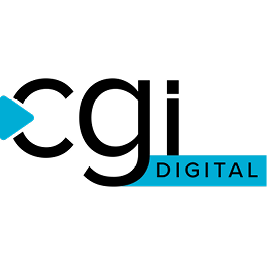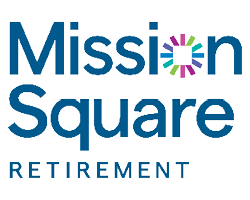Project at a Glance
- Issue Area Community vision and values, Fiscal sustainability
- Engagement Approaches Community conversations/dialogues, Digital engagement, Embedding a culture of engagement, Engaging traditionally marginalized groups, Neighborhood events/ activities
This content is available to members only. Members, please log in below to view! Not a member? Join us now to unlock this and other exceptional content.
In 2010, new Hampton City Manager Mary Bunting went to the public for input in an incredibly difficult budget year. It was called “I Value” because it wasn’t just about cuts or budgets. It sought to base a spending plan on the values of residents. The public process needed to be flipped, with input gathered on the front end, so that she and her staff could use it to craft the budget. This approach to participation required new methods. Citizens would not come to City Hall; City Hall would go to them.
An aggressive outreach campaign ensued: Social media, e-newsletters, partner organizations, and neighborhood groups, local cable interviews, paid ads, fliers and word-of-mouth. Innovation drew free publicity: media coverage from both print and TV.
People gave their input in a variety of ways:
- Community meetings, held on both Saturdays and evenings in different sections of the city. These were the most detailed, with polling questions that allowed everyone in the audience to give input on every question with the use of keypads with instant polling.
- Went to other meetings. The manager and key staff went to regularly scheduled meetings, where residents already gathered: Neighborhood associations, YMCA sport leagues, civic organizations and citizen boards.
- Online chats were held during lunch hours
- Drop boxes with comment cards were placed in public buildings, such as libraries and community centers.
- • the 3-1-1 information system to ask questions or voice opinions.
The broad participation in shaping the budget helped educate and inform citizens about their tax dollars and what they buy. It created a model for building future budgets as the recession dragged on and housing values continued to decline.
An integral piece to building trust in the process was recording everyone’s input: during the larger meetings with polling equipment recorded answers; out in the community meetings staff would read back resident’s comments to ensure accuracy and showed them where they would be included in their notes to the city and city council; and transcripts on the 311 calls were added to data collection.
Outcomes
The City found that the resident input didn’t always match their expectations. Library services were described as a “need”, they initially considered larger cuts but scaled back due to the resident input. Ultimately that year the City Council approved a budget with more than a 5% cut without major contentions or controversies.
With the success of the first year they continued the program since they knew the budgets weren’t going to get easier anytime soon. Each year saw public input increase – dramatically. The first year, more than 1,000 people were actively involved in giving input. The second, 1,500. The third, more than 2,000.
In 2014 there was a clear choice to be made: increase revenues or continue to cut programs and services that residents valued. The projected gap was $7.2 million, just to keep current services. The school system had seen cuts at the state level and was also projecting a large gap, so the city invited School Superintendent to join the process. The trade-offs were clearly laid out to the public: messages went out early and honestly.
- Protect services, which would increase the tax rate by 16 cents (per hundred value)
- Invest. In addition to protecting existing services, 8 cents added to the 16 cents would provide funds for school technology and investment to the city’s strategic priorities and master plans.
- Disinvest. Residents were polled on their willingness to make more cuts, all of which would be required without additional revenue.
Ultimately, in year four of the process, residents overwhelming said they couldn’t support more cuts and supported a 20-cent increase in the tax rate to maintain services – and to invest in their city’s future.
For more information visit: https://www.hampton.gov/2016/I-Value-Citizen-Budget-Input
Explore More Innovations From Communities Across the Country and Down the Road
See All ProjectsThank You to Our Key Partners




